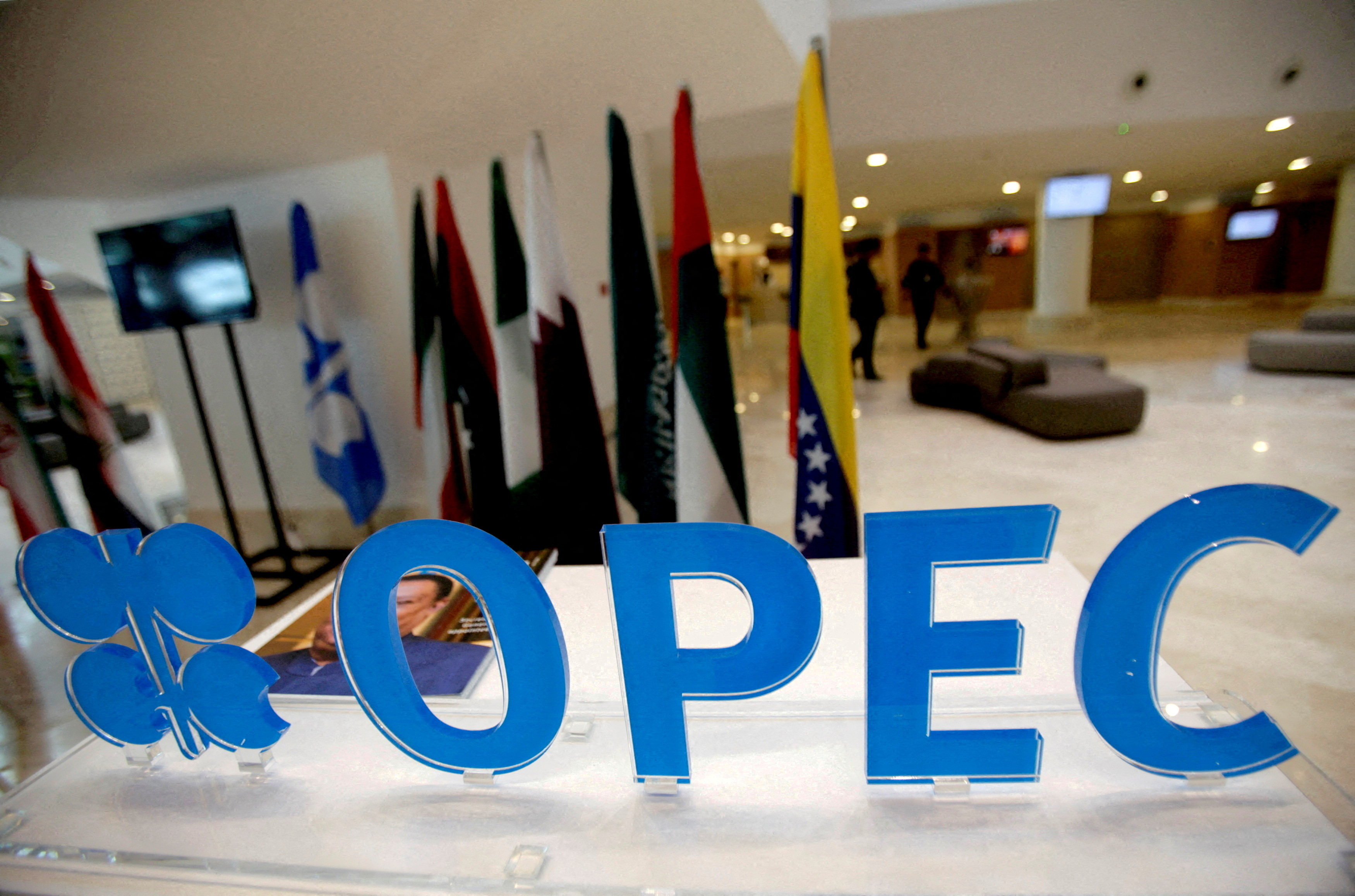
DUBAI/LONDON, July 4 (Reuters) – OPEC+, a group comprising the Organization of the Petroleum Exporting Countries and allies including Russia that pumps around 40% of the world’s crude, has been cutting oil output since November in the face of flagging prices.
Members Saudi Arabia and Russia, the world’s biggest oil exporters, deepened oil supply cuts on Monday in an effort to send prices higher. Yet the move only briefly lifted the market.
Both cuts came in addition to a broader OPEC+ deal to limit supply into 2024 initially introduced in April, and take total output reductions announced to over five million barrels per day (bpd), or about 5% of global oil output.
The surprise April announcement deepened production cuts introduced in November, and helped to raise prices by about $9 a barrel to above $87 per barrel in the days that followed.
But benchmark crude prices have shed those gains since, with Brent futures on Tuesday trading at just under $76 per barrel.
The additional cuts, Eurasia Group analysts argue, “will do little to shift bearish sentiment in a market that is consumed with pessimism about the prospects for oil demand growth in the second half of the year”.
Here are the main reasons why OPEC+ output cuts are failing to significantly lift oil prices:
CONCERNS ABOUT WEAK DEMAND
Data from China has sparked fears that the economic recovery from coronavirus lockdowns in the world’s second-largest oil consumer is losing steam.
“The economic recovery in China following the lifting of coronavirus restrictions has been noticeably more sluggish than anticipated, even though the data for Chinese oil demand proved robust,” Commerzbank analyst Carsten Fritsch said.
He said the jump in Chinese oil demand was largely a catch-up effect after it fell last year, and that this growth momentum was likely to slow considerably.
HIGHER INTEREST RATES
Adding to worries, leading central banks, including the U.S. Federal Reserve, are warning more interest rates hikes could be on the horizon to fight stubbornly high inflation.
Higher interest rates eat into consumers’ disposable income and could translate into less spending on driving and travelling, limiting oil demand.
They also drive up costs for manufacturers, and data suggests a slowdown in the sector is happening.
“There is no beating around the bush, factories are struggling across the globe as the sector shrank in Japan, the euro zone, the UK and the U.S. whilst slowed in China last month,” PVM analyst Tamas Varga said.
This all means investors are not buying into the idea that the second half of 2023 will see a strong rebound in oil demand.
There are doubts in particular over forecasts that significant quantities of oil will need to be taken out of storage for supply to meet demand.
“With both the International Energy Agency and OPEC continuing to forecast draws of about 2 million bpd … the credibility of these forecasts is diminishing over time, and markets will take some convincing for a meaningful correction to occur,” Eurasia says.
US OUTPUT RISING
Faster than expected growth in U.S. output has also been contributing to market pessimism about oil price gains.
The Energy Information Administration projects U.S. crude oil production will climb by 720,000 bpd to 12.61 million bpd this year, above a prior forecast increase of 640,000 bpd.
This compares with around 10 million bpd as recently as 2018.
LESS BULLISH
In 2020, Saudi Energy Minister Prince Abdulaziz bin Salman warned traders against betting heavily in the oil market, saying those who gamble on the oil price would be “ouching like hell”.
He repeated his warning ahead of the June 4 OPEC+ meeting, telling speculators to “watch out”, which many market watchers and investors interpreted as a signal OPEC+ could consider further output cuts to punish those betting on lower prices.
Yet investors continue to pare back long positions.
The latest data show the combined long position in WTI and Brent futures fell by 66,000 contracts to 231,000 – just 48,0000 above the March 2020 low “that followed the panicky COVID price slump,” according to Saxo Bank analyst Ole Hansen.
Share This:
Next Article






